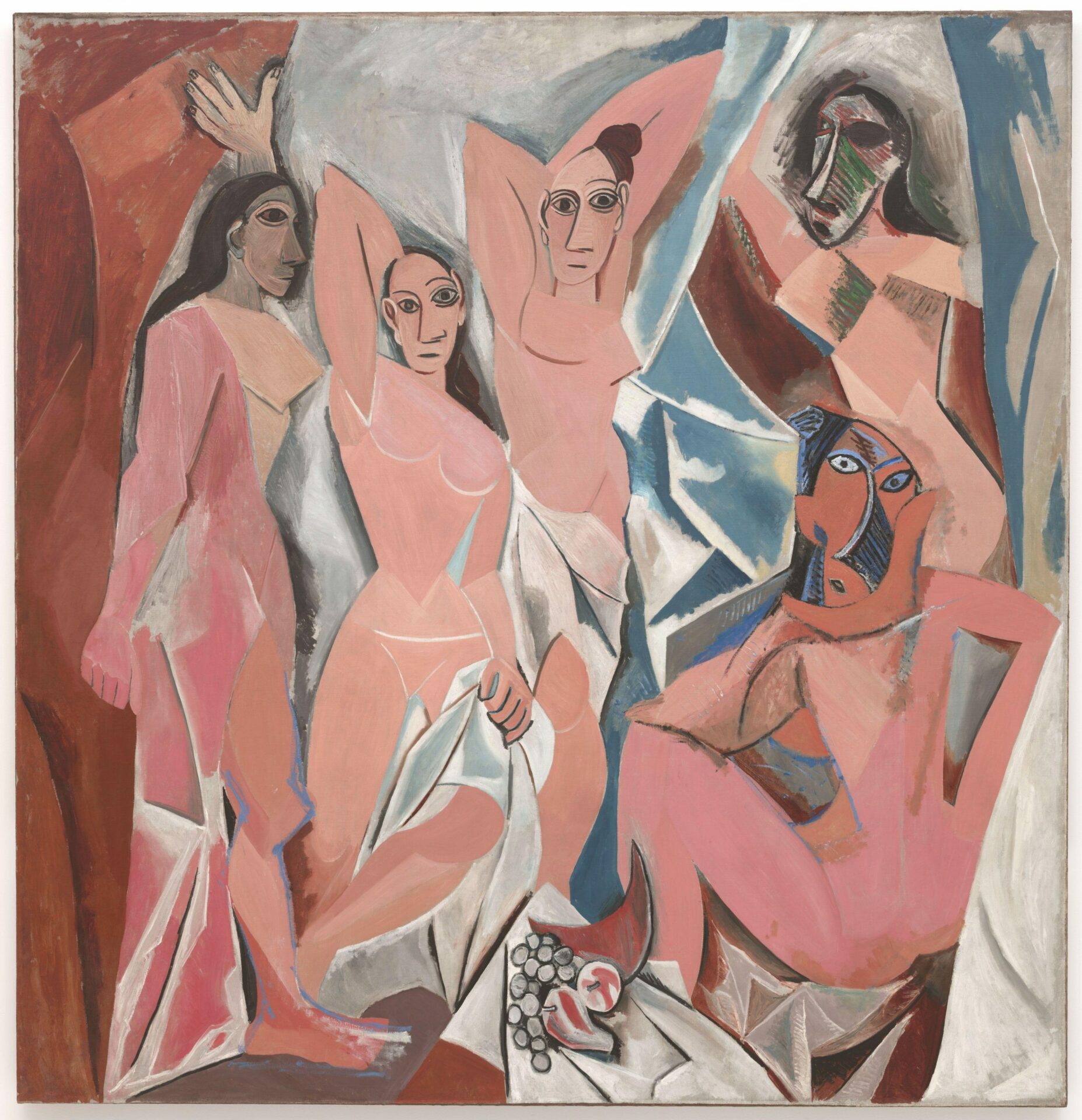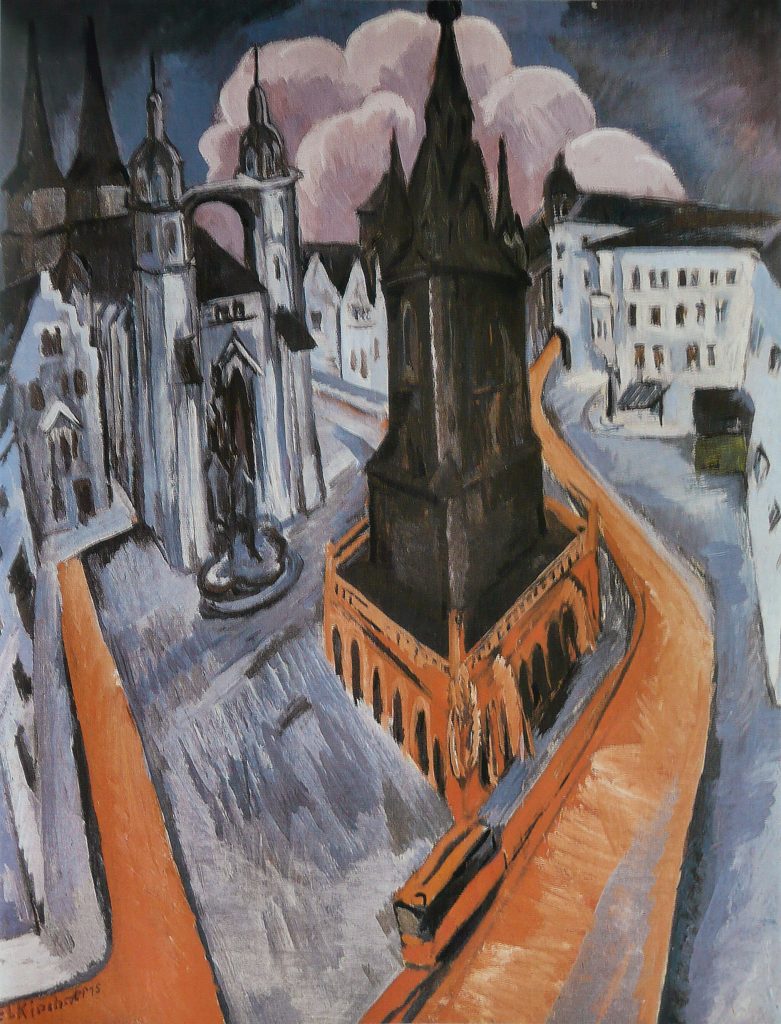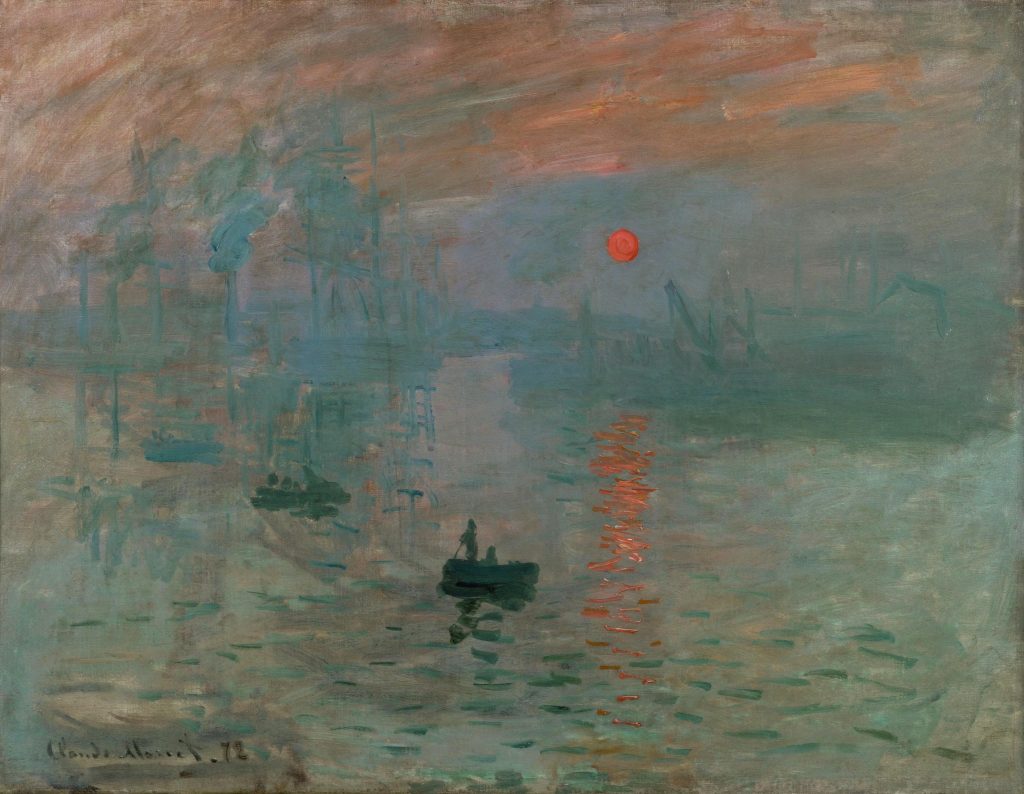Surrealism
Surrealism is a style of painting that emerged in the early 20th century in France. It is characterized by its emphasis on the subconscious, the irrational, and the fantastical. The movement was a significant departure from the traditional style of painting that was popular at the time, and it had a profound influence on the development of modern fine art.
The major contributors to the Surrealism style of painting were a group of artists who came to be known as the Surrealists. This group included notable artists such as Salvador Dali, Rene Magritte, Max Ernst, and Joan Miro.
The Surrealists were heavily influenced by the psychoanalytic theories of Sigmund Freud and the writings of Andre Breton, who founded the Surrealist movement in 1924. They were interested in exploring the subconscious mind and the irrational impulses that lay beneath the surface of conscious thought.
One of the defining features of Surrealist painting is the use of unexpected combinations of objects and images to create a sense of the fantastical and the irrational. The artists used this technique to create a sense of surprise and to challenge the viewer’s perceptions of reality.
Another key characteristic of Surrealist painting is the use of dreamlike imagery and symbolism to convey a sense of the irrational and the subconscious. The artists used this approach to create a sense of disorientation and to explore the hidden depths of the human psyche.
Salvador Dali is perhaps the most well-known and influential of the Surrealist painters. He is best known for his use of dreamlike imagery and his surreal depictions of everyday objects. Rene Magritte is another prominent Surrealist painter, known for his use of unexpected combinations of objects to create a sense of the absurd. Max Ernst is known for his use of collage and his interest in the occult and the irrational. Joan Miro is known for his use of organic and biomorphic forms, which he used to explore the subconscious and the irrational.
In conclusion, Surrealism was a significant departure from the traditional style of painting that was popular in the early 20th century. Its emphasis on the subconscious, the irrational, and the fantastical had a significant impact on the art world. The major contributors to the Surrealist style, including Dali, Magritte, Ernst, and Miro, continue to be celebrated for their innovative approach to painting and their contributions to the art world.





